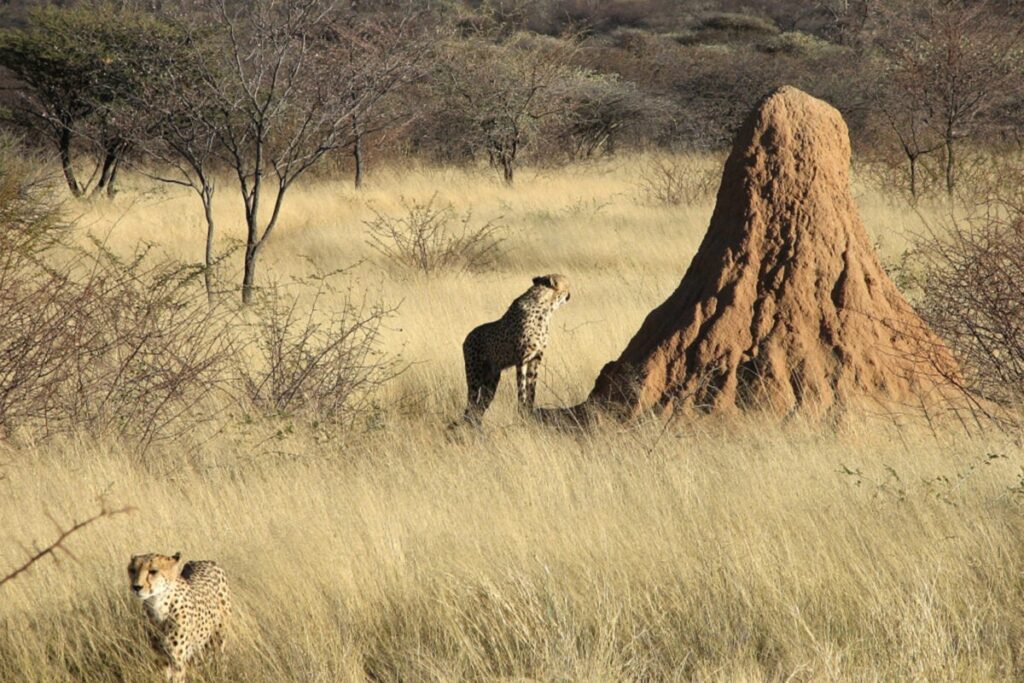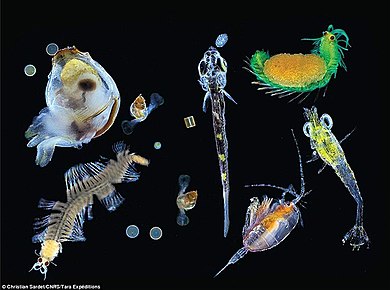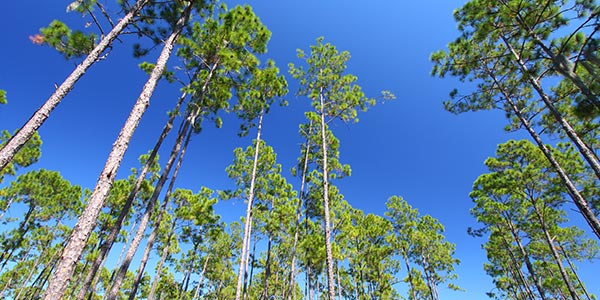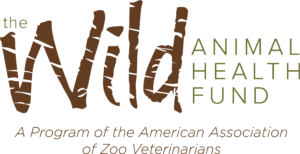Our Ecosystems Need the Little Guys!
The world’s ecosystems are incredible to observe. Each species has a role, much like an office! Also like an office or any workplace, there are the big fries and the little fries. Our ecosystems consist of animals, insects, plants, and microorganisms all working together to balance the Earth. Curious how the little fries affect the world? Keep reading!
Termites: I know what you’re thinking. Ew. Those little house-eaters are actually detritivores and decomposers, meaning they eat decomposing plants on the Earth’s surface. After consuming the plant material, they leave behind important nutrients that replenish the soil and help new plants grow! Termites also burrow in the soil, aerating it and allowing water to trick in.

Plankton: Not only do plankton provide the base for the entire marine food web, phytoplankton account for about half of the photosynthesis on the planet. This makes them one of the top producers of oxygen in the world! Without plankton, we would not have any fish in the sea.

Squirrels: Did you know squirrels plant trees? Not quite the gardening type, but during the nut-gathering cycle, they forget about hidden stashes that grow into trees! This behavior is called caching and it changes the composition of the forest floor. Floridians might recognize the longleaf pine tree across the state, we have squirrels to thank for that! Those trees provide homes for thousands of species in that ecosystem.

Frogs: Frogs are critical to their (and our) ecosystems! Frogs can indicate the health of their ecosystems through their skin. This is because their skin is permeable so contaminants can easily be absorbed. Since frogs also live on land, they can indicate dilemmas easily to humans.

Did any of these little fries surprise you? It’s incredible how all of our species work together to keep our ecosystems going!
